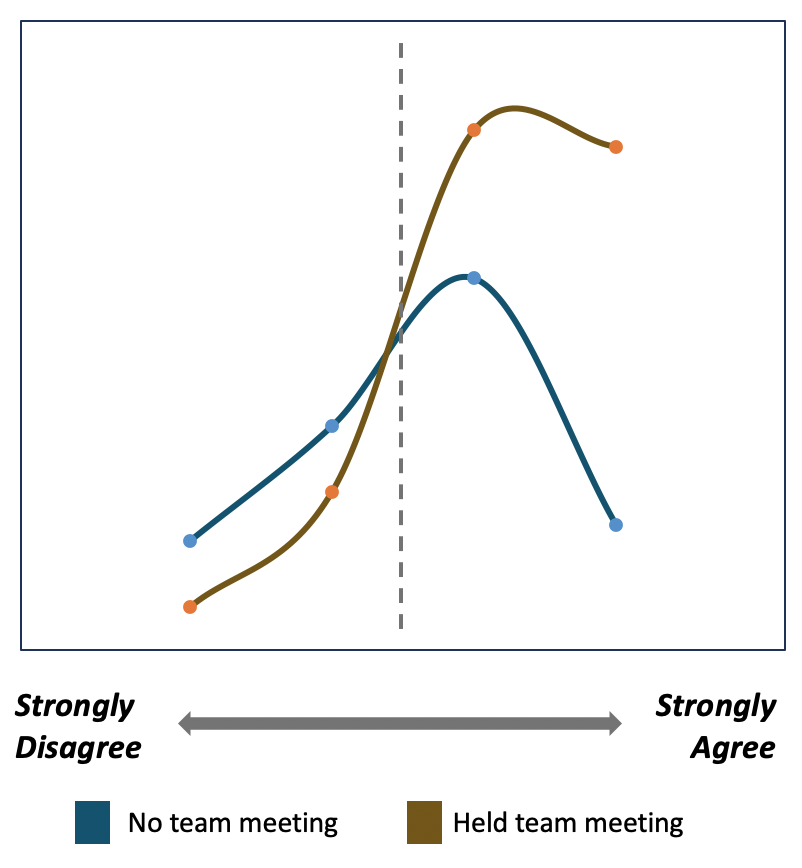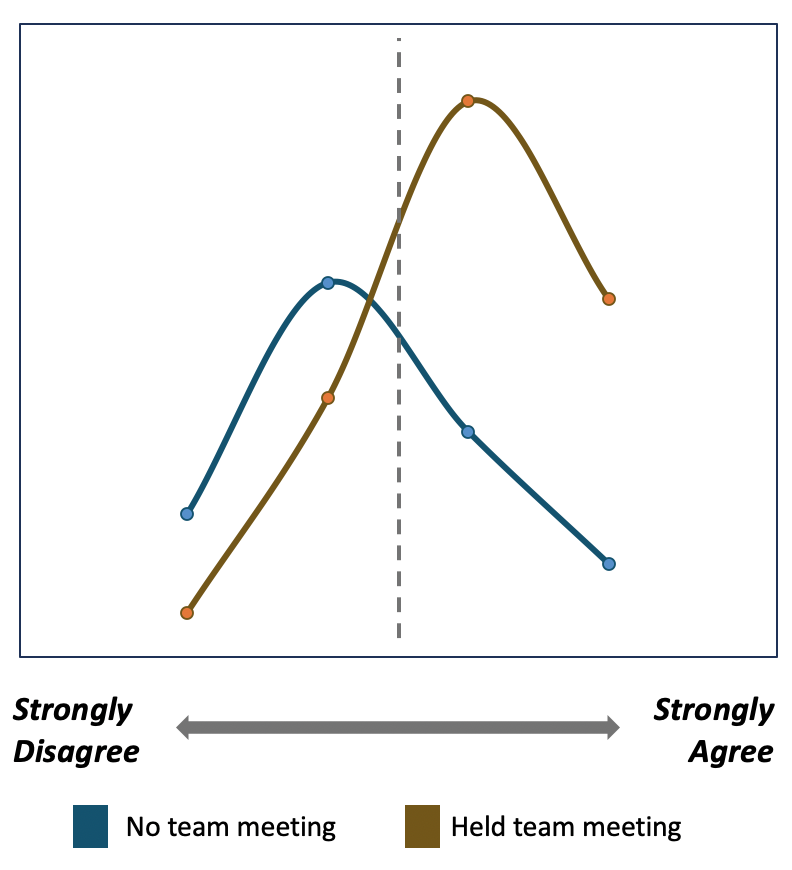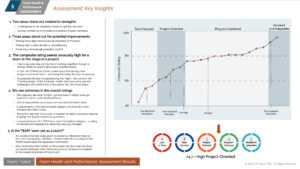
14 Oct Tips to Drive More Effective Communication
There’s a saying out there that goes (not sure to whom to attribute it to), “Just expecting communication to be effective is like throwing letters into the air and expecting the dictionary to form.” In the quantum realm where everything is possible, this outcome might happen – but I think we can agree the probability is infinitesimally small.
We should just know how to communicate, right? After all, we know how to use email, how to send text messages, and to read and write in our native languages.
Except – we don’t.
We assume. We take shortcuts. We don’t follow-up. We use jargon.
And, MANY of us seem to be baffled when our messages aren’t understood, where people are confused, and where unproductive conflict reigns. But we shouldn’t be baffled. Instead, when communication is ineffective, we can virtually guarantee there’s going to be trouble.
The problem is this: most managers don’t seem to take effective communication seriously enough. Looking toward research, the vast majority of managers are terrible communicators according to their employees (91% of employees indicated their managers lack basic communication skills in a 2017 Interact/Harris poll).
Why is this data particularly meaningful? Because Team Tipton’s definition of effective communication is this: “Communication is effective when the recipient receives and understands your intended message.” It’s not when the webinar is over, or when you press send on your email, or when the last question is asked at the town hall. It’s when the receiver (i.e., your employees) “get it.”
Don’t Mail It In.
Here’s an example from a client – where more than half of the supervisors in this organization “just assumed” their employees would get it. Team Tipton uses a “Big C” versus “little c” communications model (see our BLOG POST on the subject), where little c is needed to drive most of the understanding related to “why” the change is happening, and “what does it mean to me” expectations. (Big C on the other hand is related to one-way, organization-wide kinds of communication like newsletters, mass emails, etc.)
In this example, the organization needed to communicate specific information related to a new IT system implementation. Employees needed to know what was happening, when, and why and how they were going to be impacted. Successful and rapid adoption of the new system was imperative, and the plan included both Big C (organization-wide information) followed-up up with small group / work team meetings (little c) where supervisors and managers could make the Big C communication “real” for everyone.
The problem was, about half of the supervisors didn’t do any little c communication. They relied entirely on the Big C communication to drive understanding. As a result, their employees were left in the dark — free to “make up” their own versions of “what’s in it for me.”
The graphics below show the difference in understanding represented by groups where the supervisors and managers held their small group meetings versus those that didn’t. Again, the “one-size-fits-all” communication was the same for everyone.

Based upon conversations with my team, I believe they are ready for training.

Based upon conversations with my team, I believe employees understand what the new IT system is.
The result of this for the client? Damage control across the organization (different groups understood things different ways, leading to unnecessary fear, uncertainty and doubt), delays brought on by the need to hold the meetings AGAIN, and more cost, more disillusionment, and eroded trust in the organizational leadership. This reinforces what can happen when we assume and we take shortcuts, etc. in our communication. Expectations are missed, job satisfaction wanes, and overall performance declines.
Here’s the kicker – almost all of the negative impacts could have been avoided. The issues seen by the client were 100% self-inflicted and avoidable.
All of that said, poor communication isn’t a permanent affliction – we can be better at it! Take a look at our short video – “Team Health and Performance: Communication” – for some immediately-beneficial approaches and tips related to better communication.
It’ll help. We promise!
How Healthy Are Your Team Dynamics?
(20 questions, no-cost) will show you!
The healthier your team dynamics, the better your performance. LEARN MORE!




No Comments